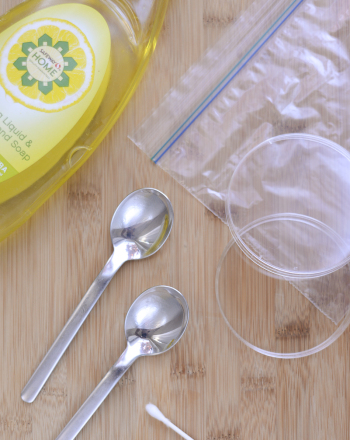
Cargando...
¿Qué puedo hacer?
226349 materialEducativo
textoFiltroFichatipo de documento Biología - Experimento/Práctica
Acerca de este recurso...

2011 VIRTUAL SCIENCE FAIR ENTRYAbstractMost people who manually wash their dishes assume that hot water will kill the most microorganisms. The results from this experiment will help people know if hot water really does kill the most microorganisms. If swabs are grown from spoons washed in 10, 25, and 45 degrees Celsius, the least amount of microorganisms will grow from the spoons washed in 10 degrees Celsius.In order to do this the spoons were first soaked with milk to add microorganisms, because the new plastic spoons were sterile, and then swabbed after washed in the three different temperatures. The number of colonies grown after 48, 72, and 96 hours were counted and recorded. This process was repeated three times.After 96 hours the average colonies of the spoons washed in 10 degrees Celsius water was 4 colonies, the average colonies after washed in 30 degrees Celsius was 14 colonies, and the average colonies after washed in 45 degrees Celsius was 11 colonies. The results showed that the least colonies grew from the spoons washed in 10 degrees Celsius followed by the spoons washed in 45 degrees Celsius and lastly 30 degrees Celsius.
It is an educational content by education.com.
By clicking on the title of this resource, you will be redirected to the content. If you want to download the project, you just have to join the website, which now is for FREE.
Contenido exclusivo para miembros de

Mira un ejemplo de lo que te pierdes
Autores:
Categorías:
Etiquetas:
Fecha publicación: 12.5.2016
Se respeta la licencia original del recurso.
¿Quieres comentar? Regístrate o inicia sesión
Añadir a Didactalia Arrastra el botón a la barra de marcadores del navegador y comparte tus contenidos preferidos. Más info...
Comentar
0